Shirt
Look for a shirt with a tight, comfortable fit and a stretchy fabric for total freedom of movement on the field. A moisture-wicking, quick-drying fabric will provide added comfort while you play.

For an impromptu game, you can simply wear athletic clothes and shoes. But if you decide to join a league, getting the right gear to play safely is important. This handy guide should help you make the right decisions.
In North America, “football" is called soccer in order to avoid confusion with American and Canadian football.
Played at all levels by millions of people from all walks of life, soccer brings together billions of people and is considered the most popular sport on the planet. Soccer is played all over the world: in backyards, parks, sports centres, on the street, in alleys, and on synthetic or natural grass.
Here are some tips to help you find the right soccer equipment.

Look for a shirt with a tight, comfortable fit and a stretchy fabric for total freedom of movement on the field. A moisture-wicking, quick-drying fabric will provide added comfort while you play.
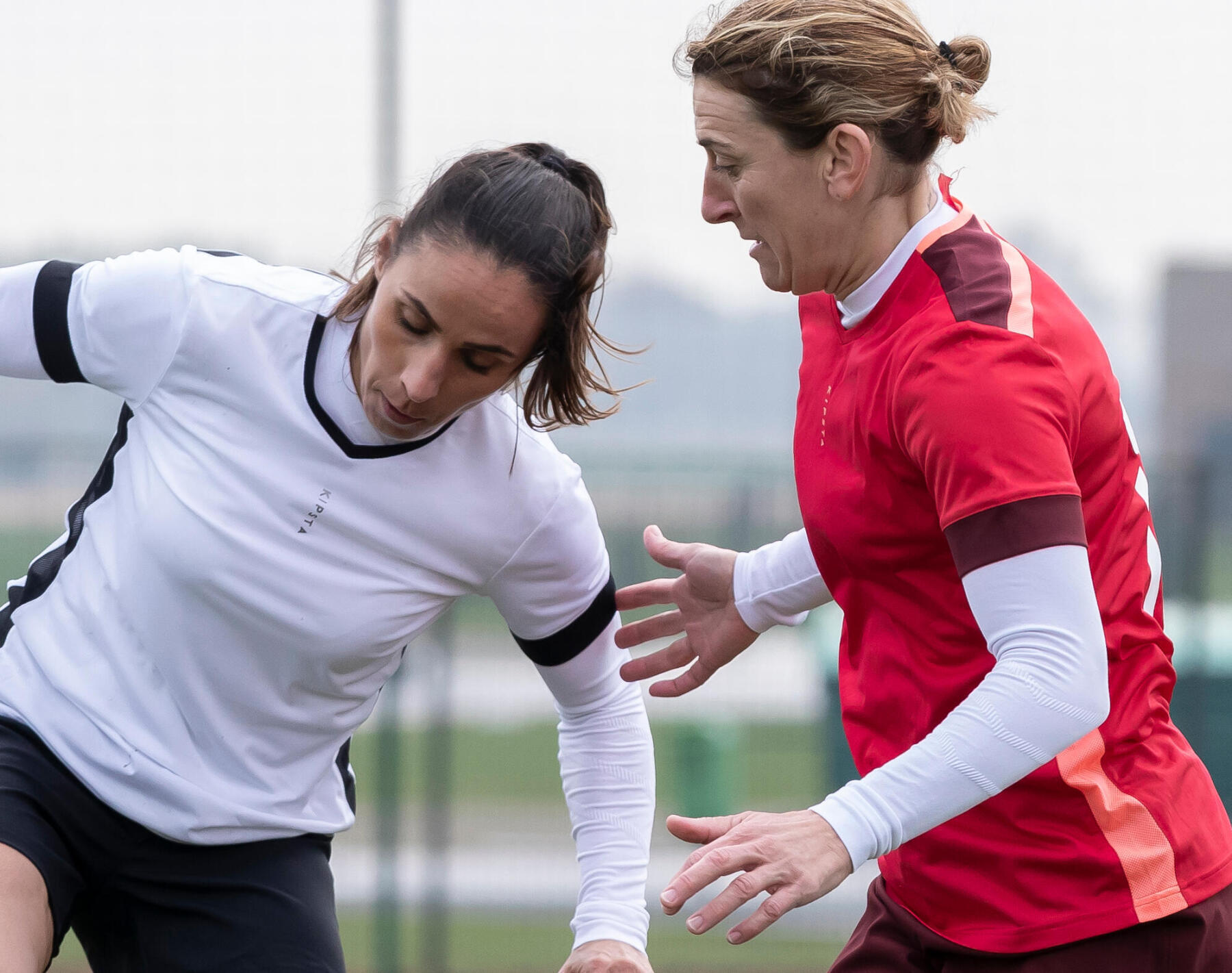
Soccer is played rain or shine (except in the case of thunderstorms or downpours). You should, therefore, be prepared to dress according to the weather conditions and have a change of clothes on hand if needed. If the temperature drops, don't hesitate to put on an undershirt. This tight-fitting base layer wicks moisture away from the skin to keep you dry and prevent your body from getting cold.
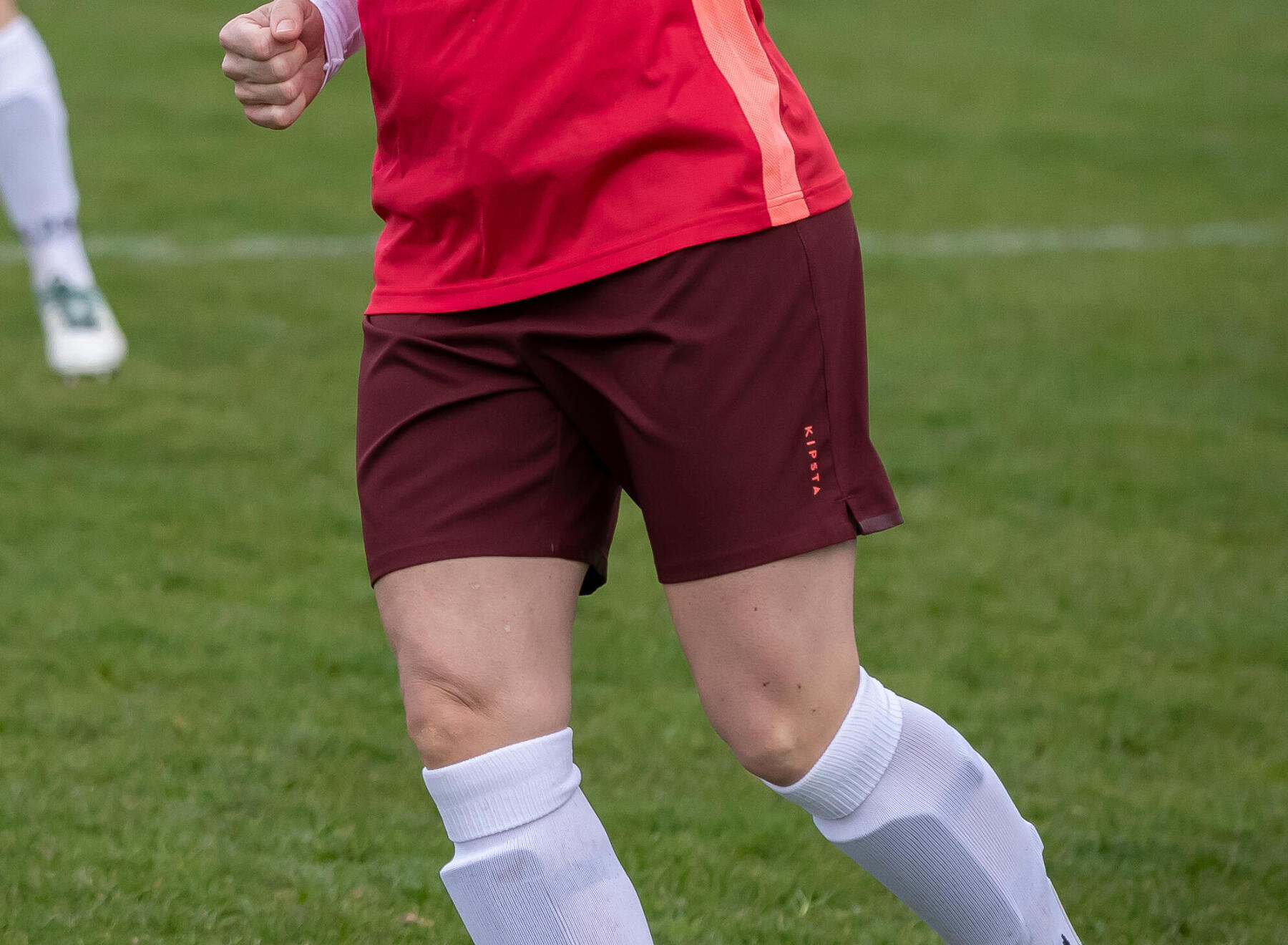
Your soccer shorts should also be made of a stretchy fabric to allow you to move freely on the field. Look for shorts that feature an elastic waistband and a drawstring, which will ensure they stay in place as you move.
Shorts with pockets are strictly forbidden for safety reasons, as a finger or hand slipped into a pocket during contact or an exchange could cause nasty injuries.
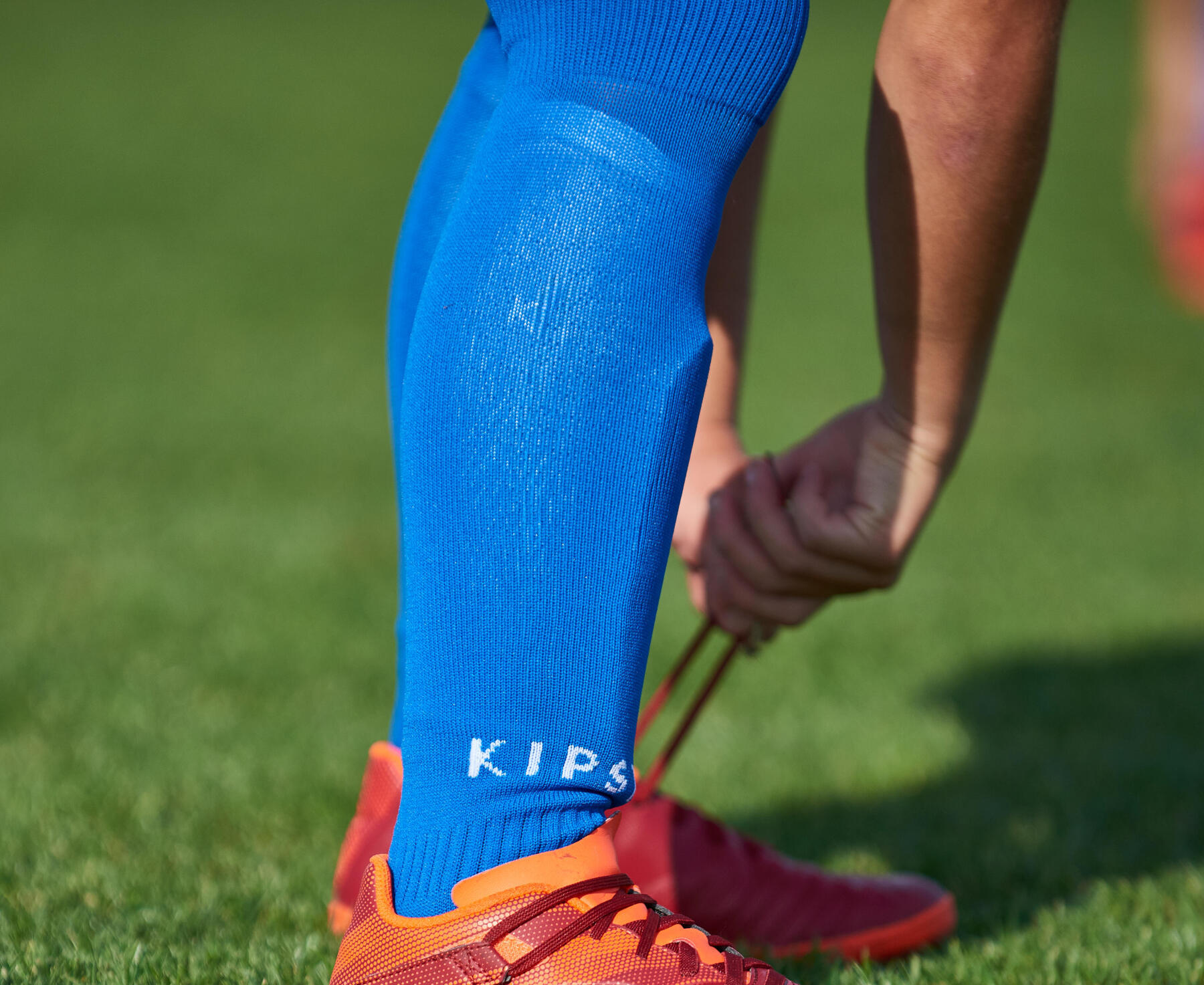
Soccer socks generally have ventilation openings on the instep for better breathability. More upscale models also feature an elastic band in the middle of the foot to provide extra hold.

Shin pads are mandatory and must be completely covered by your socks.
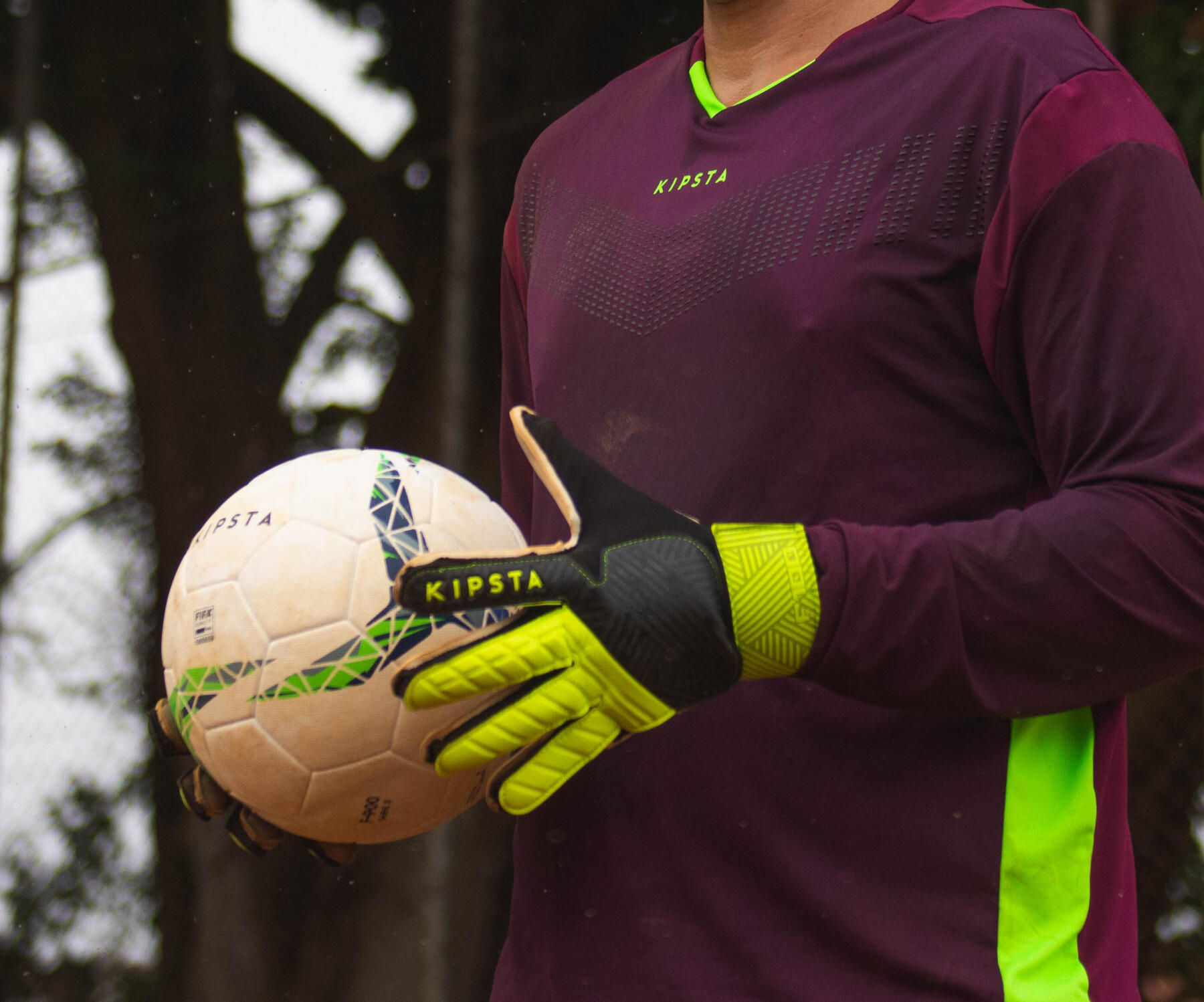
An essential protective accessory, gloves allow goalkeepers to shield their hands from shots and to better handle the ball.
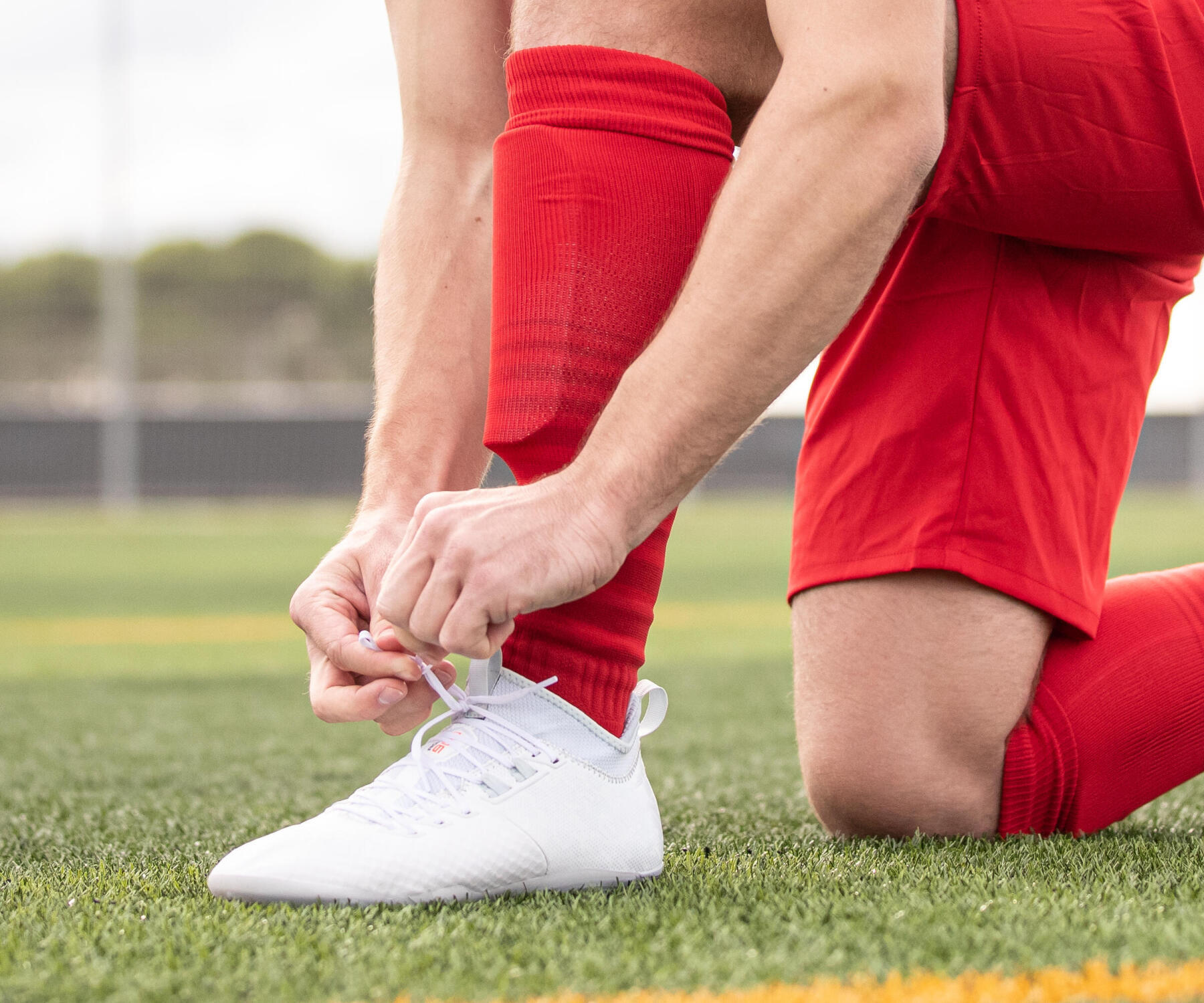
Shoes should be suitable for the playing surface: synthetic, grass, or indoor (gym). Choose a snug fitting shoe for better ball control. Avoid plastic shoes and go for leather models instead, which cost a little more but last a lot longer.